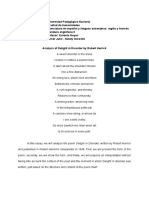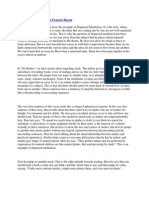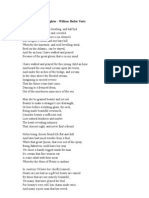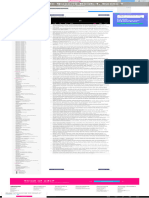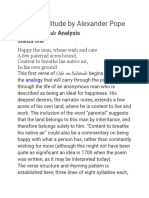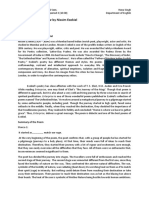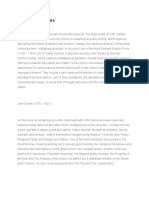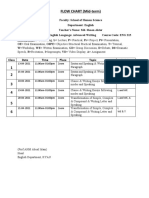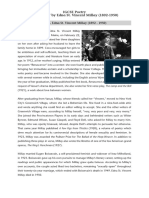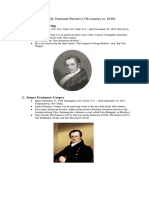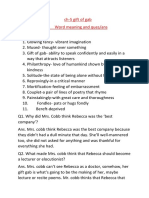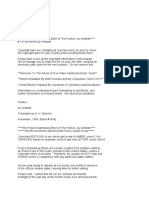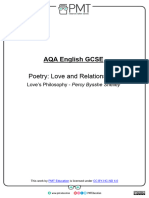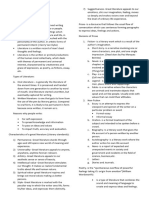0% found this document useful (0 votes)
1K views3 pagesA Short Analysis of Robert Herrick's Delight in Disorder' Obert Herrick (1591-1674) Delight in Disorder
Robert Herrick's poem "Delight in Disorder" describes a woman who has dressed carelessly yet attractively. The poet finds her lack of attention to details of her dress, such as a loosened "lawn" and "erring lace," to be seductive and "bewitching." He asserts that a state of "disorder" is more appealing than strict "precision." The poem consists of seven rhyming couplets that vary slightly in their rhyme scheme and meter to intentionally mirror the described "disorder."
Uploaded by
km ershadCopyright
© © All Rights Reserved
We take content rights seriously. If you suspect this is your content, claim it here.
Available Formats
Download as DOCX, PDF, TXT or read online on Scribd
0% found this document useful (0 votes)
1K views3 pagesA Short Analysis of Robert Herrick's Delight in Disorder' Obert Herrick (1591-1674) Delight in Disorder
Robert Herrick's poem "Delight in Disorder" describes a woman who has dressed carelessly yet attractively. The poet finds her lack of attention to details of her dress, such as a loosened "lawn" and "erring lace," to be seductive and "bewitching." He asserts that a state of "disorder" is more appealing than strict "precision." The poem consists of seven rhyming couplets that vary slightly in their rhyme scheme and meter to intentionally mirror the described "disorder."
Uploaded by
km ershadCopyright
© © All Rights Reserved
We take content rights seriously. If you suspect this is your content, claim it here.
Available Formats
Download as DOCX, PDF, TXT or read online on Scribd
/ 3
